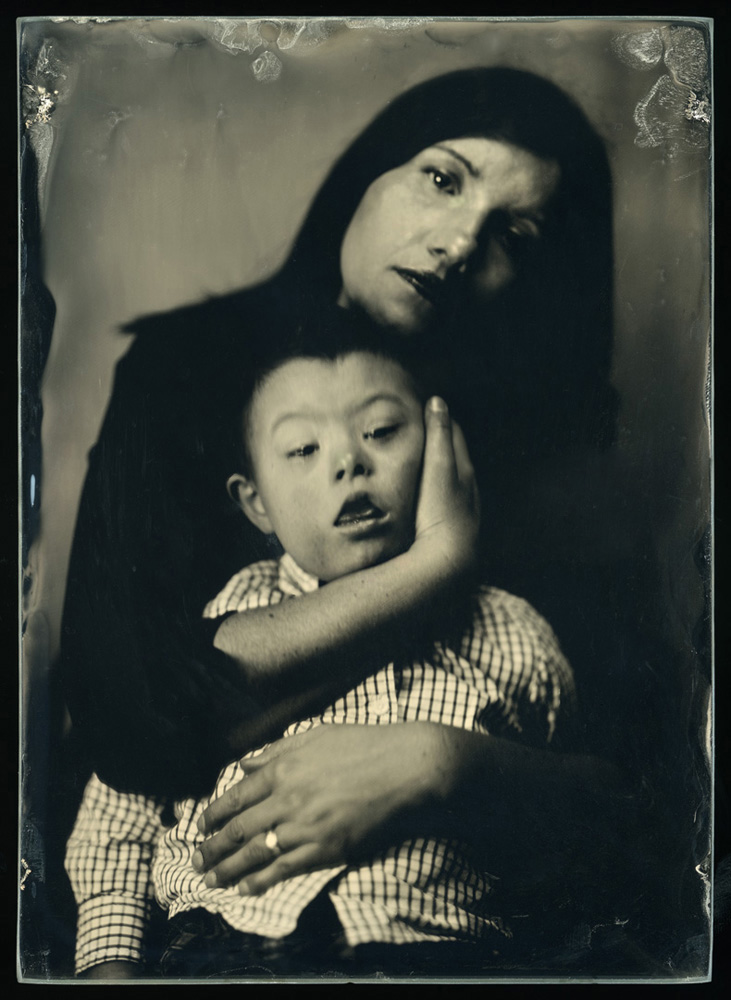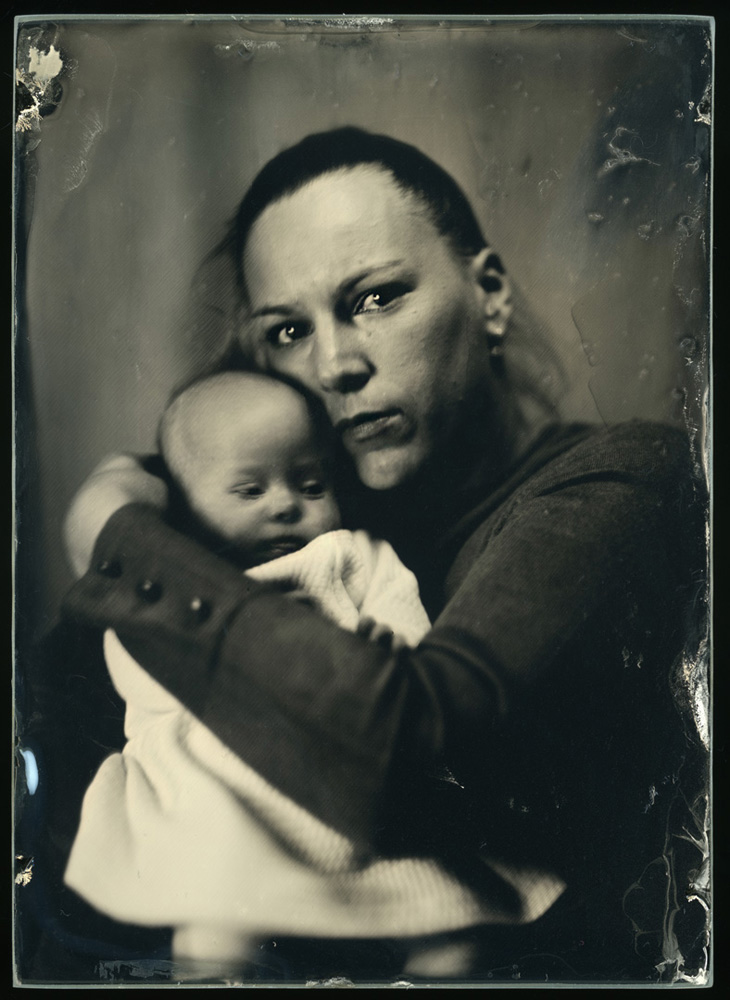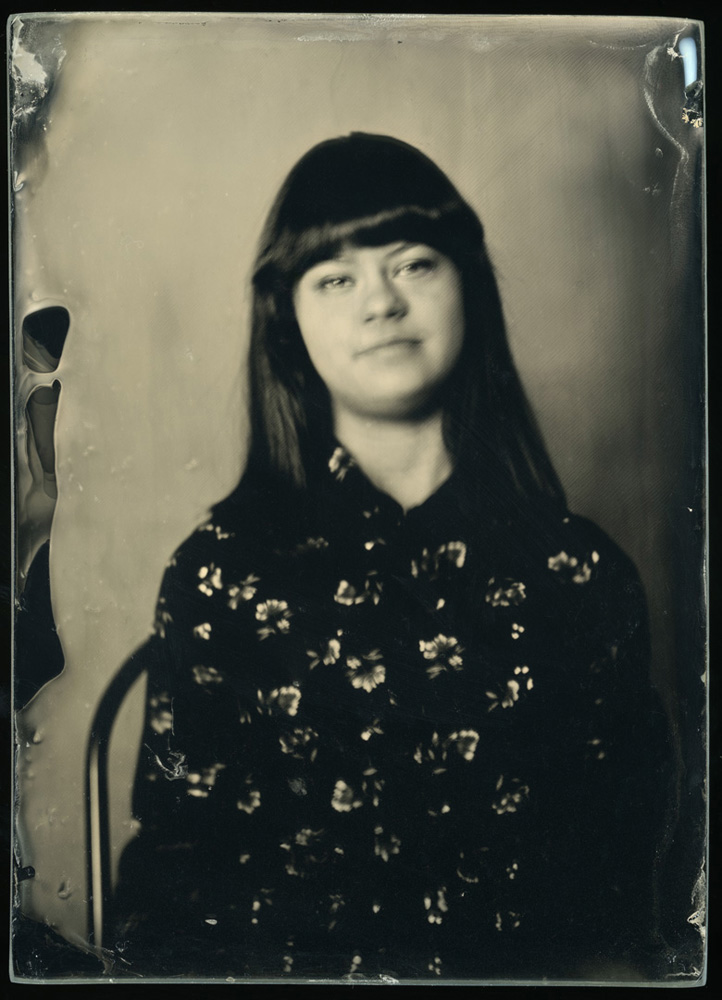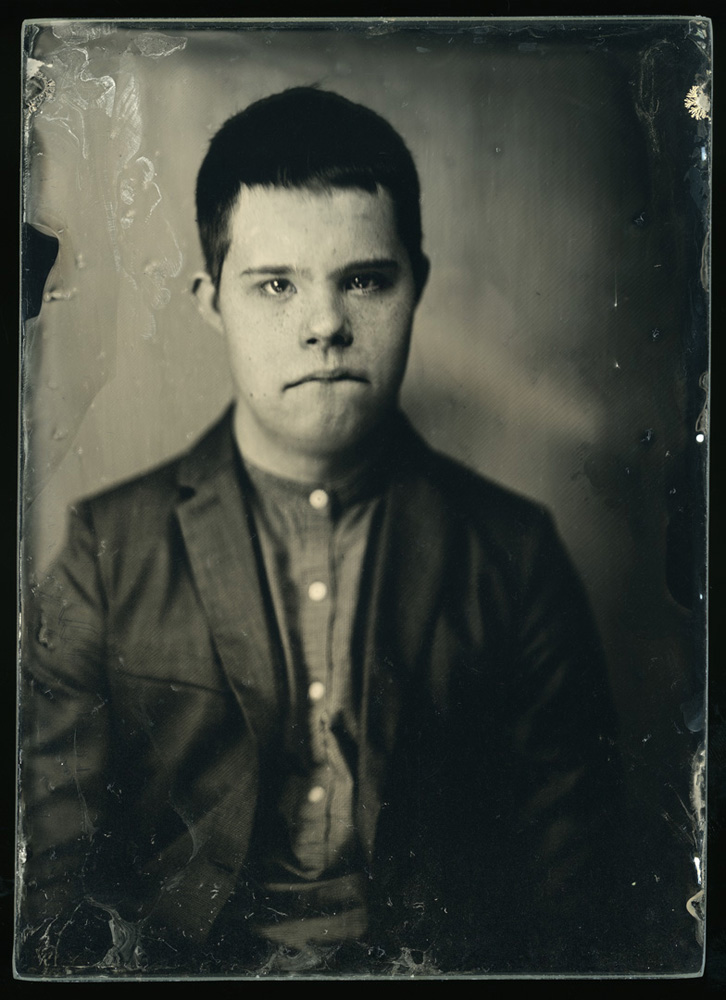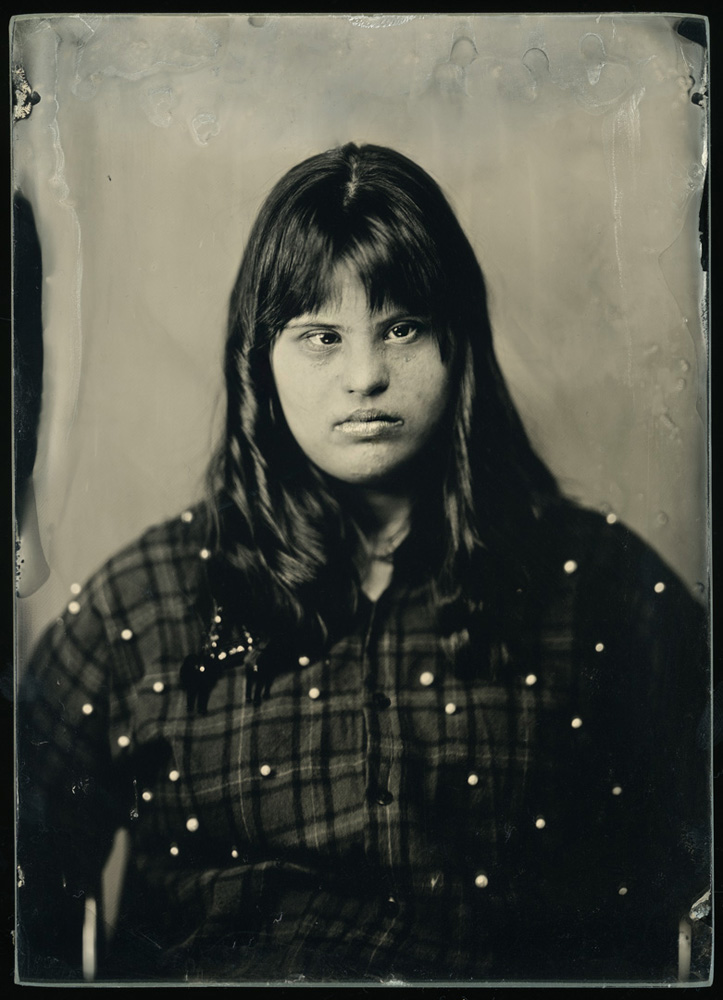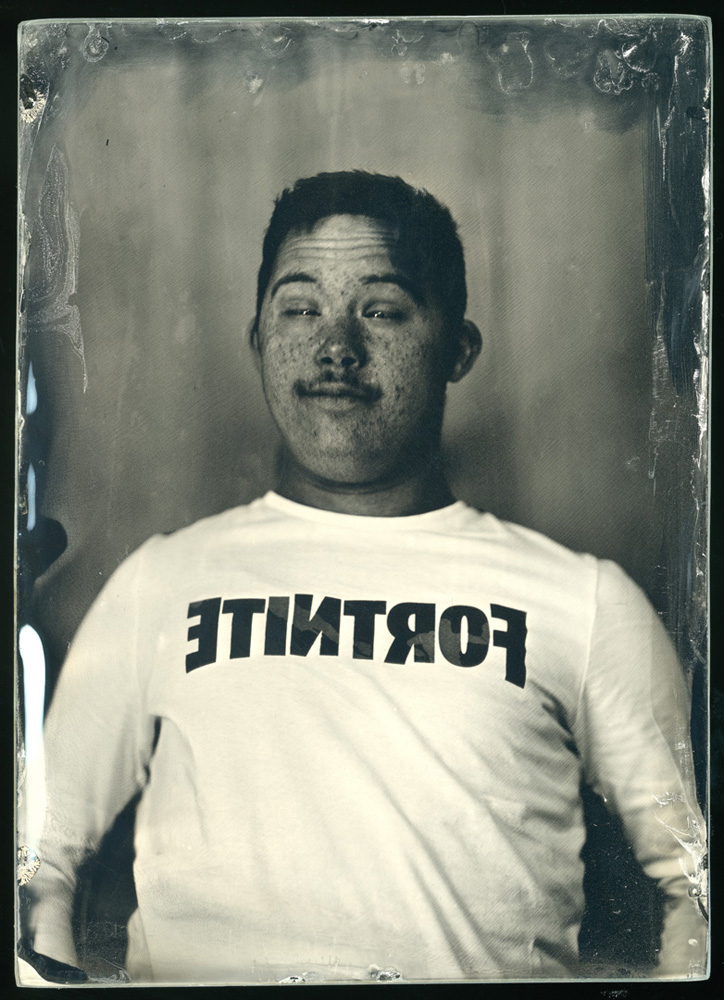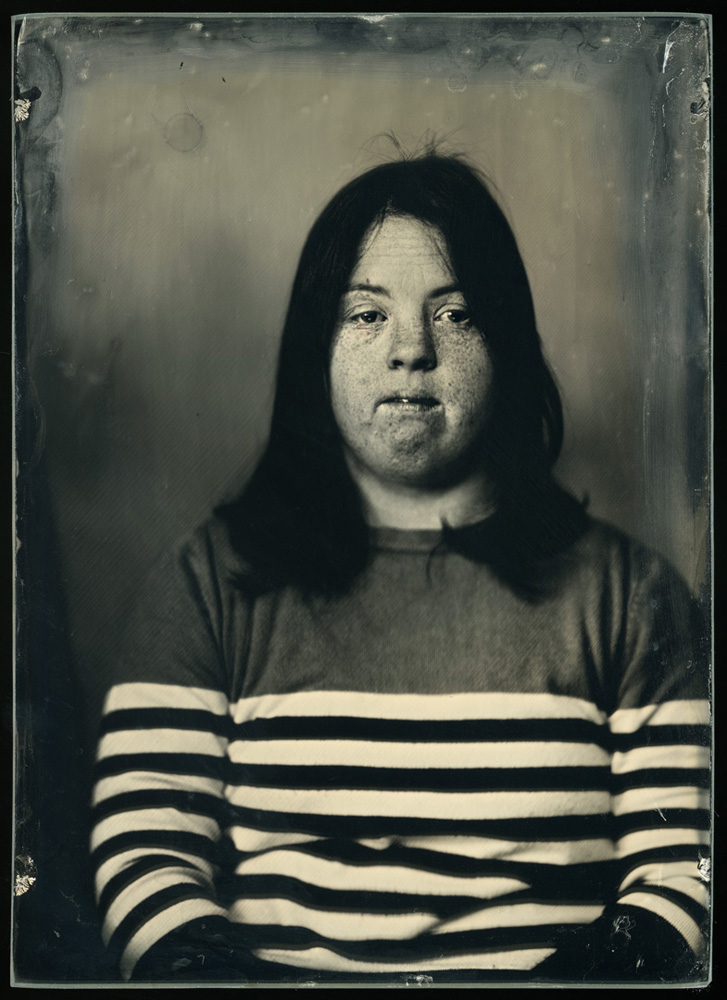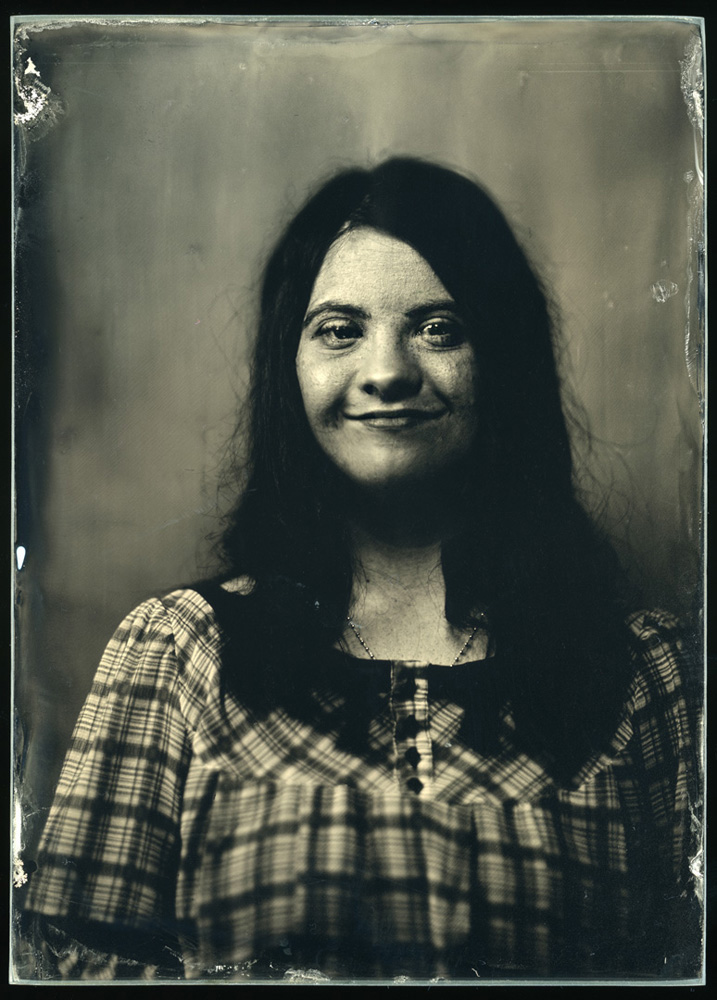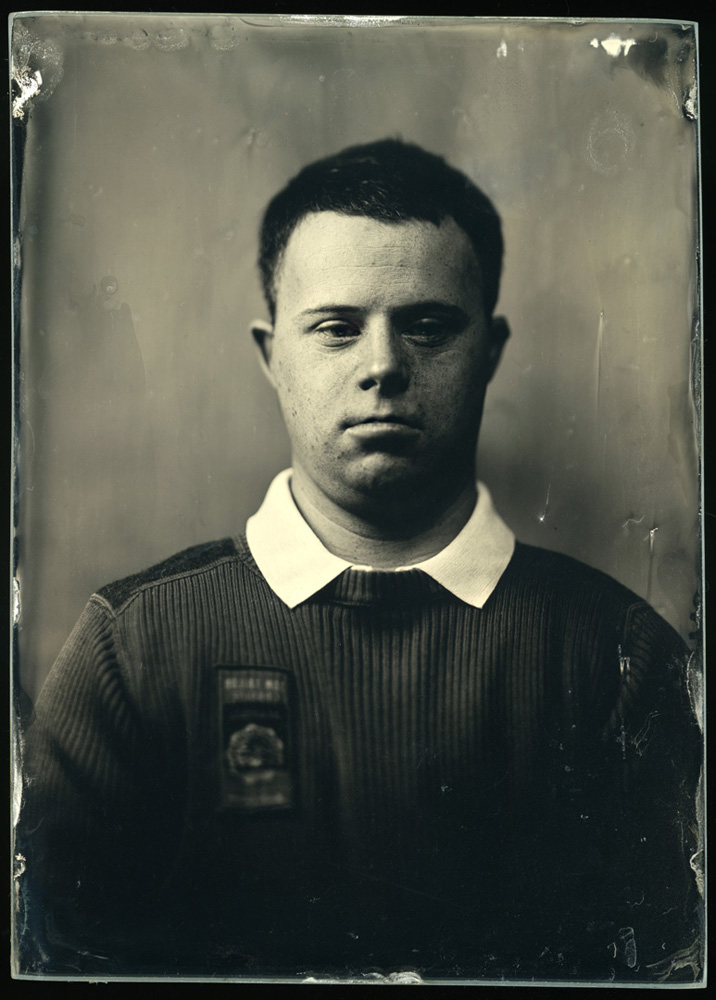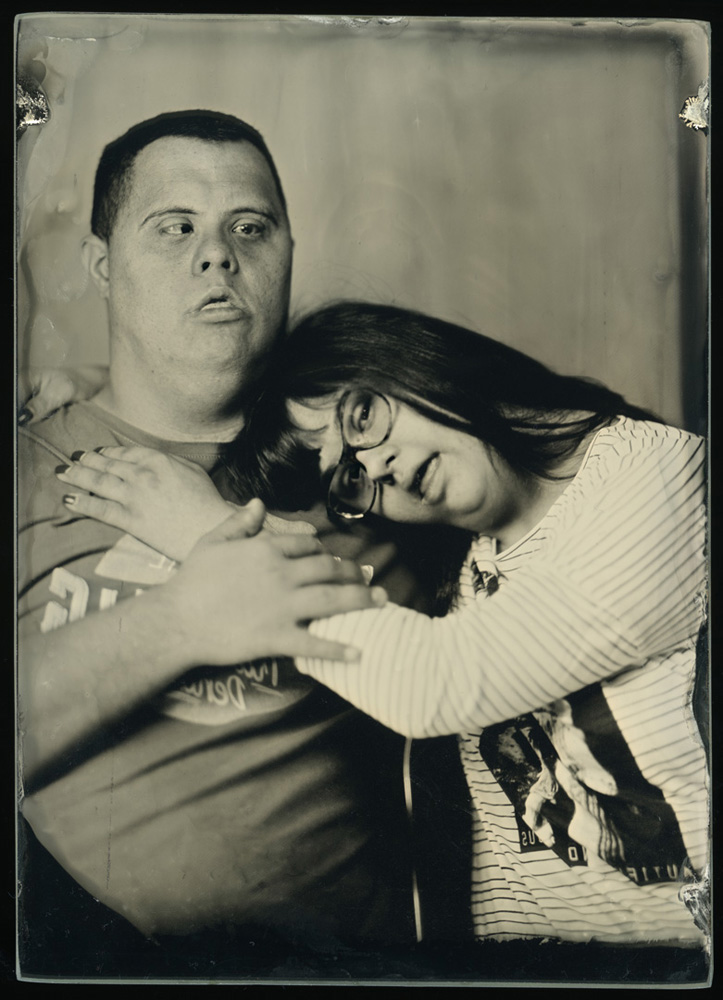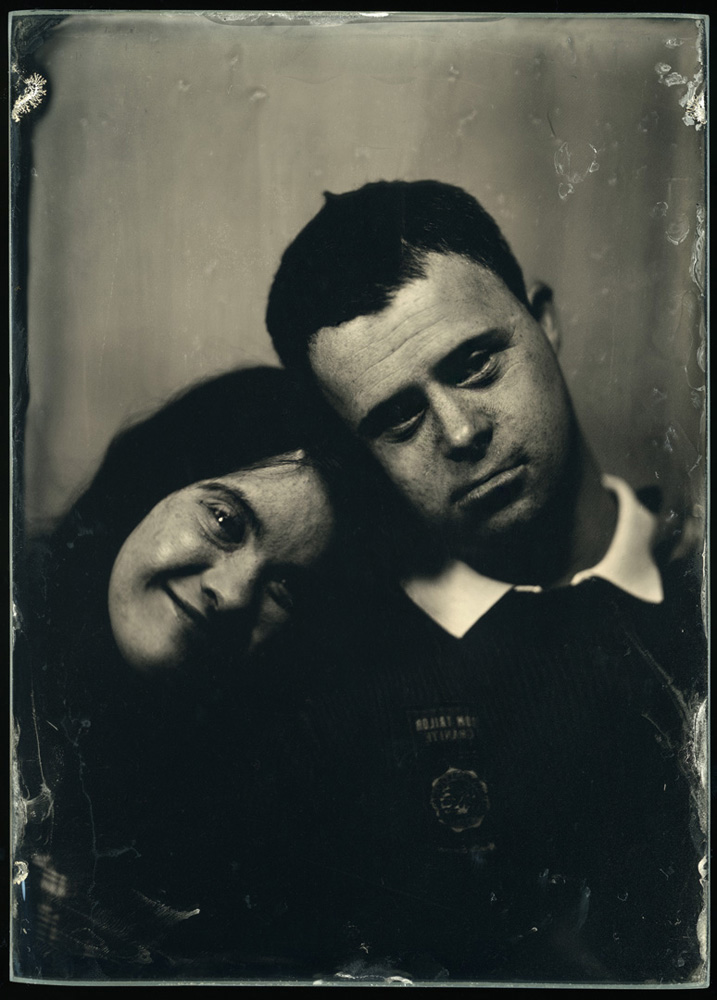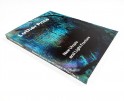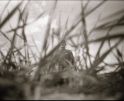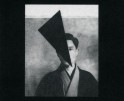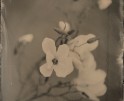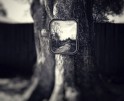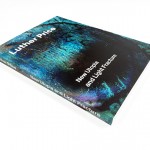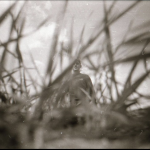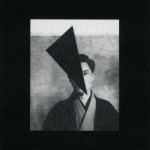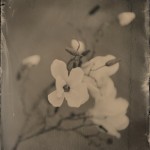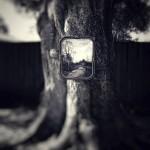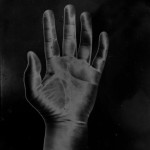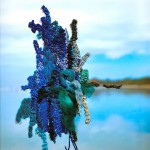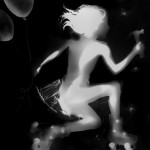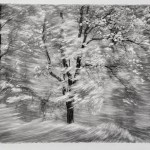Focus on Croatia: Robert Gojevic: Up For Down
This week we explore work created by Croatian photographers, curated by Draženka Jalšić Ernečić, the Senior Curator of the Koprivnica Museum in Koprivnica, Croatia. She is also a researcher, writer, editor, and reviewer of visual arts and photography–and much more. I had the pleasure of getting to know Draženka when we reviewed together during Photolucida in 2019. She is an incredible advocate for photographers within and beyond the borders of Croatia.
On International World Down Syndrome Day 2020 (March 21st), Robert Gojevic presented his project Up For Down. It is a collection of twenty-one Wet-Plate Collodion portraits (plus three double mother-and-child portraits) as a kind of confessional statement in front of the camera. Mothers with children, men, and women of various ages and backgrounds have photographed in the exploration of identity and awareness of what living with Down syndrome means. The symbolism of numbers twenty-one and three are also very significant.
Robert’s unique approaches to Down Syndrome portraiture have a background in the nineteen-century history of the photographic medium. This time, through the theme of decision rights, the historical process reaches out the positive message and shows how community support and inclusive education can be meaningful in the personal lives of people with this chromosome disorder. Focused on supporting them and their organization, he advocates for their full participation in decision making about matters affecting their lives.
Robert Gojevic (born 1968) is a Croatian photographer with a strong background in commercial design and experience in advertising and social media. He is an illustrator, painter, graphic designer, and collector of nineteen-century photographs. Born and based in Zagreb, he works as a freelance photographer in his suburb studio with Darkroom and nineteen-century large-format camera. He uses a variety of photographic techniques; pinhole, film, instant and digital photography. His photographs are the results of his attempt to understand and explore the oldest stage of the photographic medium, historical processes, and technologies in visual conversation with old masters of nineteen-century photographic studios in Zagreb.
As a photographer whose work is rooted in the earliest tradition of the medium, he is passionate about historical photographic processes of Wet-Plate Collodion, Ambrotype, and Ferrotype. In the printing process, he works with salt print positives, albumen print, cyanotype, and Van Dyke. On studio portraits as a subject of anachronism, he is exploring activism and the spirit of the twenty-first century visual communications. His work has been recognized on social media and magazines because of his attitude and strong point of view. As a founder, editor-in-chief, art director, and designer of worldwide known international on-line photography magazines Bulb, 2007 – 2009, and Blur, 2009 – 2018, he has international experience in selecting various international photographic competitions.
Robert’s work has been awarded and exhibited in solo and group exhibitions across Croatia and has been published nationally and internationally, both printed and online publications. He became multiple-awarded after his first national recognition and success with the Wet Plate portraits of public figures and people from media, music, theatre, film, and television, arts, and culture. His images of artists, writers, and authors have been publishing as official public portraits in books, publications, magazines, and media. He is an active member of the Section for fine art photography in ULUPUH, Croatian Association of Artists of Applied Arts.
Up for Down // We Decide
I started the Up for Down // We Decide series when I first meet Natalia and her son some time ago. Up For Down series is an artistic appeal focused on human rights. In this case, we should support people with Down syndrome in free choices that affect their lives. When it comes to fundamental human rights, they compromise in many different ways. In a time of post-media culture, recognition is appearing, but globally, the reality is different. We talk about human rights awareness they exposed in many different ways. The most vulnerable groups usually need our support.
The Up For Down series was started as personal artistic activism in which I support the differences, meaningful and active participation of people with Down syndrome in their daily lives. It is a visual message that I send to the community in which I live and in which I strive for positive change through my artistic activities. My portraits, taken with the Wet-Plate Collodion process, reflect reality in the photographic studio, uniqueness, and warmth of the model. Their stories are different, deeply personal, and big hearts, full of dreams and hopes in which they need our support. Their fates, rights, and decision-making are theirs, and support is our duty. I support them with my art.
For International World Down Syndrome 2020, We decide on the theme with the emphasis is placed on the freedom to make decisions. The determination of the artist to use the oldest photographic language and communicate with the portrait emphasizes the importance of inclusion, support, and information. By embracing and supporting diversity, we increase our universe and become better people.
Draženka Jalšić Ernečić: Why Photography?
Robert Gojevic: It is a simple but quite a difficult question for me. Perhaps because I upgraded my photographic expression frequently raised the expectations. As the Editor-in-Chief in a photo magazine, with a desire for diversity backed by competence, I have tried many sorts of photography. It became more and more complicated over time. I finally came up with a photo in which my journey is equal, if not more important, than the ultimate goal. It is a classic Aesop fable about a rabbit and turtle. I used to be a rabbit, and now I’m a turtle. Back then, I made a hundred versions of one motif, today I only take one, and I enjoy the process.
Draženka Jalšić Ernečić: When did you discover the path of being a photographer/artist?
Robert Gojevic: I have been in photography for twenty years or something, but I began to feel like an artist some six years ago. Involved in digital photography, I was in quite a different style before I started concerning nineteenth-century photographic processes. I do believe that the work of art must be unique and different. I do not find my early photos artistic. Nowadays, my photographic art is like a mission, challenging and isolated, especially in Croatia. It is a lonely journey, but I like the path I take.
Draženka Jalšić Ernečić: What are your challenges as an artist?
Robert Gojevic: I refused the fast and shallow contemporary world in which everything is so short-lived and superficial. I don’t like what people do to get noticed. Times have changed a lot lately. At my age, it’s attempting to survive on the scene. I want to leave a trace behind, but at the same time, I am not comfortable with the idea of spending my time online social networking. Instead of self-promotion, I prefer to spend my time on creative work in my Darkroom. It is a challenge to persist in the unpredictable world of photographic art. Today, everyone is a photographer, and the profession is not appreciated the way it should be.
Draženka Jalšić Ernečić: Is there anything that you would like to tell us that nobody has ever asked you about photography?
Robert Gojevic: I am questioning originality, both authenticity, and creativity, in photographs of the post-digital era, an issue of valorizing fine art photography and turning to skill. A small number of photographers think and talk about it. We don’t talk about it enough. It is the question of the vision (or illusion) of what photographic art is. It’s a topic no one has ever asked me. I am considering how everything is industrial, from digital tools we use, industrial paper, ink, printers, cameras, memory cards. Today the whole photographic process made for mass production is users friendly and therefore available to everyone. It is no longer about the democratization of art, but the knowledge. Digitalization and the industrial process of making fine art photography are contradictory. It is not just about the certificates, marks, limited edition, controlled printing, special paper, printers, and colors that should make the difference. It is a question of signature and handwriting. The artist’s signature that protects arts against unwanted copies is the only thing made by hand is a paradigm. The problem is, is fine art photography created by digital and industrial technologies are fine art?
Draženka Jalšić Ernečić: What’s next?
Robert Gojevic: As I am primarily a portrait photographer, the Covid-19 pandemic ruined most of my plans. At this point, I am working on the new portfolio of Wet-Plate Collodion still-life, various kinds of fruits that we have at home. On a symbolic level, photos of fruits reflect a challenging period of our lives. The second wave of the pandemic put Croatia on the list of the most exposed European countries. My poetic question is about what will be the fruits of the future. Wet-Plate Collodion turns most brightly colored fruits into black. Even in Latin, Nature Mort has deep meaning when the increasing number of deaths is a new obscure constant. In the dark and shallow depth of the images, I emphasize the weight and obscurity of present times.
Draženka Jalšić Ernečić is a senior curator, researcher, writer, editor, and reviewer of visual arts and photography, having published criticism in the history of art and photo collections,
graphic design, packaging, and photography. The focus of her endeavors is to work with photographers and photo communities to promote global cultural exchanges in photography.
Drazenka Jalsic Ernecic has been a museum curator and museum storyteller, editor and photo-editor, and administrator for over 25 years. Currently, she is a senior curator of art collections at the Koprivnica Museum in Croatia. Previously, she was the museum director, program manager, editor, and publisher. She participates in the exhibition organization and production and museum workshops and lectures. Through her work in museum management, she participated in fundraising and program evaluation components, which led to her interest in using evaluation strategies to better understand curatorial and organizational processes in art museums and photography collections, both private and public. Other previous experience includes industrial and corporate marketing, which she practices in a museum, photo-editing, portfolio reviews, and criticism of photo-based visual arts. Drazenka presents widely at national and international photo festivals, reviews, competitions, and exhibitions. Her research interests include curation, evaluation, and interpretation of photography and photo-based visual arts.
Posts on Lenscratch may not be reproduced without the permission of the Lenscratch staff and the photographer.
Recommended
-
Luther Price: New Utopia and Light Fracture Presented by VSW PressApril 7th, 2024
-
Artists of Türkiye: Sirkhane DarkroomMarch 26th, 2024
-
European Week: Sayuri IchidaMarch 8th, 2024
-
European Week: Steffen DiemerMarch 6th, 2024
-
Rebecca Sexton Larson: The Reluctant CaregiverFebruary 26th, 2024


